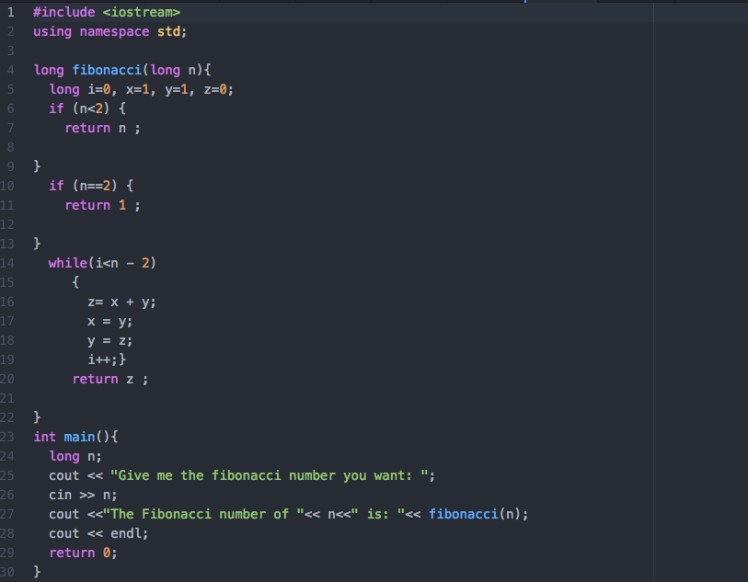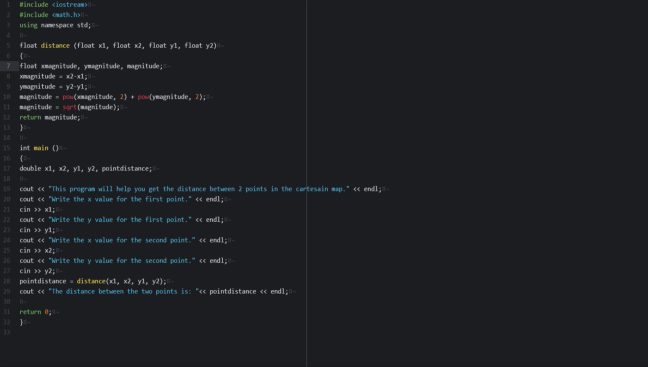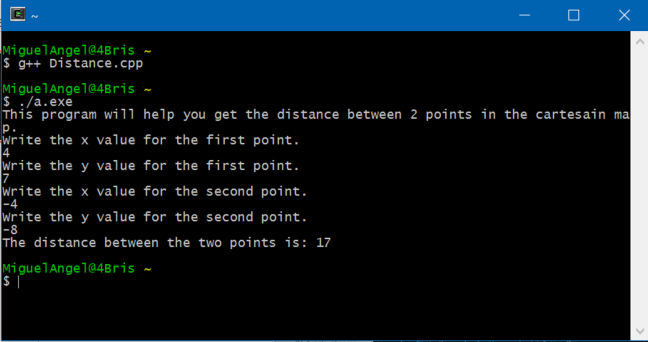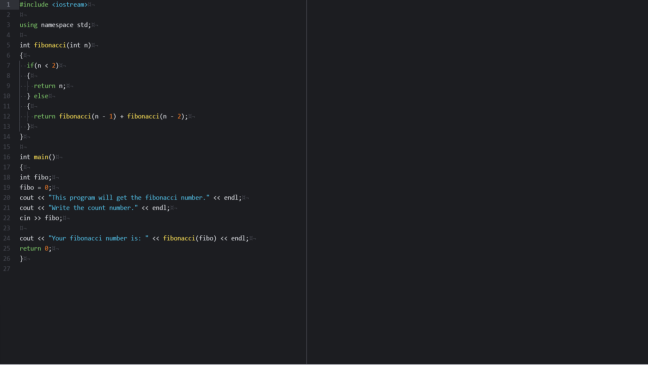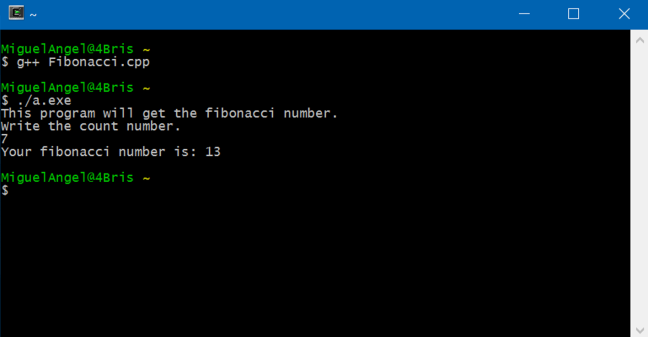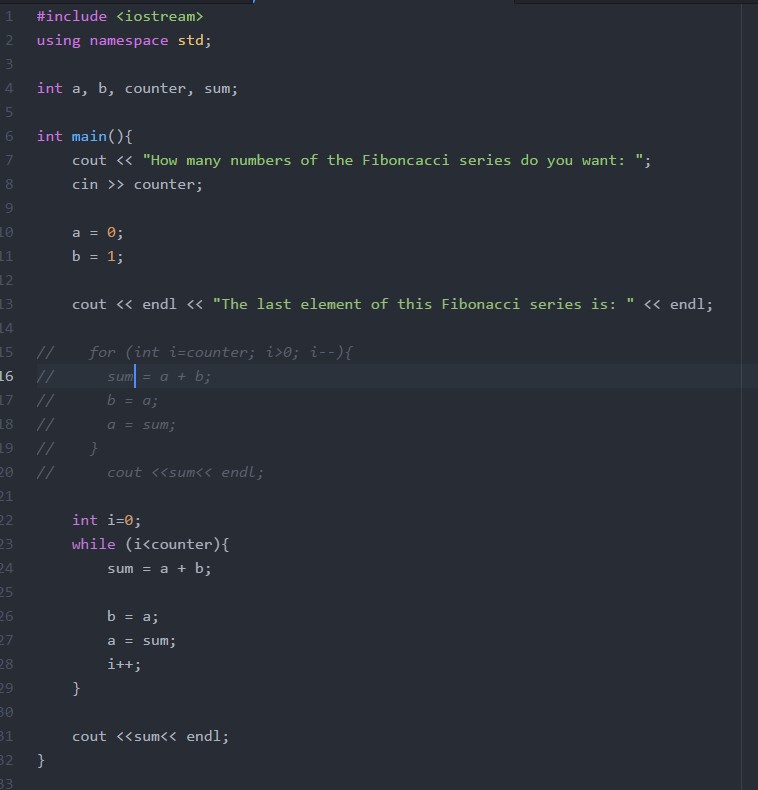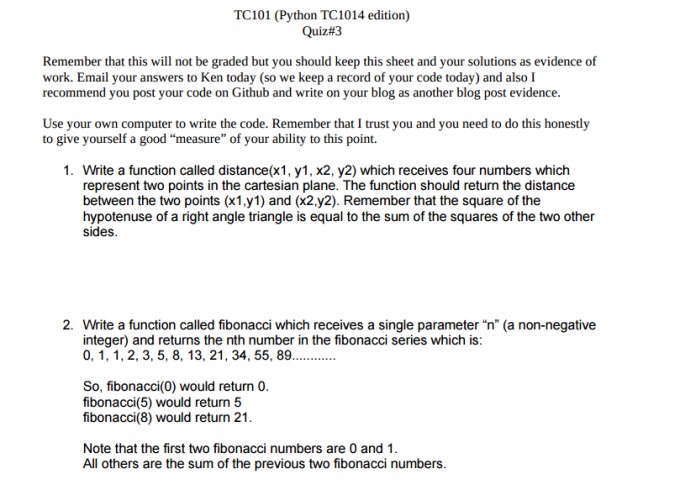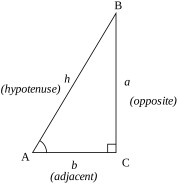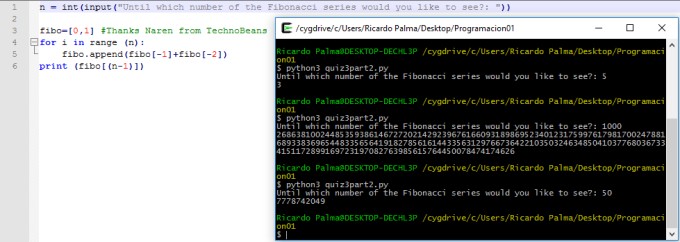Este es el quiz #3 del curso de programación, consiste en realizar 2 programas.

Programa 1 – Distancia entre puntos
La función de este programa es que te permite calcular la distancia entre 2 puntos dentro de un plano cartesiano, el hecho de que sea en un plano cartesiano, significa que un punto tiene 2 componentes, (x , y). Las componentes del primer punto son :(x1 , y1); y las componentes del segundo punto son: (x2 , y2).
Se obtienen las diferencias tanto de las componentes y (y2-y1) y de las components x (x2-x1) y se elevan al cuadrado; posteriormente se suman los 2 resultados y se obtiene la raíz cuadrada de esa suma.
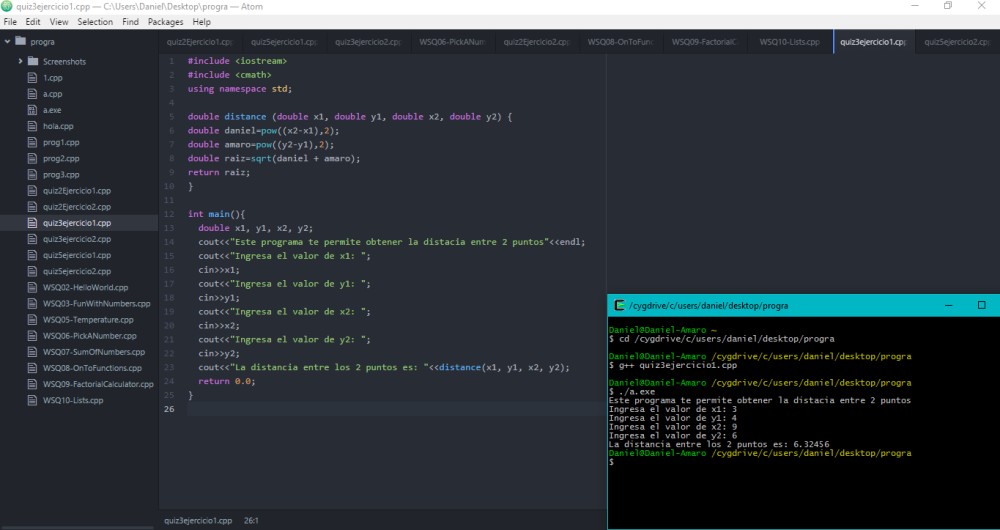
Link GitHub: Quiz #3 Prog 1
Programa 2 – Sucesión de Fibonacci
En el código de este programa se encuentra una fórmula en la cual obedece a la sucesión de Fibonacci, gracias a esta página (Fibonacci) pude saber bien a que se refiere esta serie de números. Este programa se produce totalmente gracias al loop for.
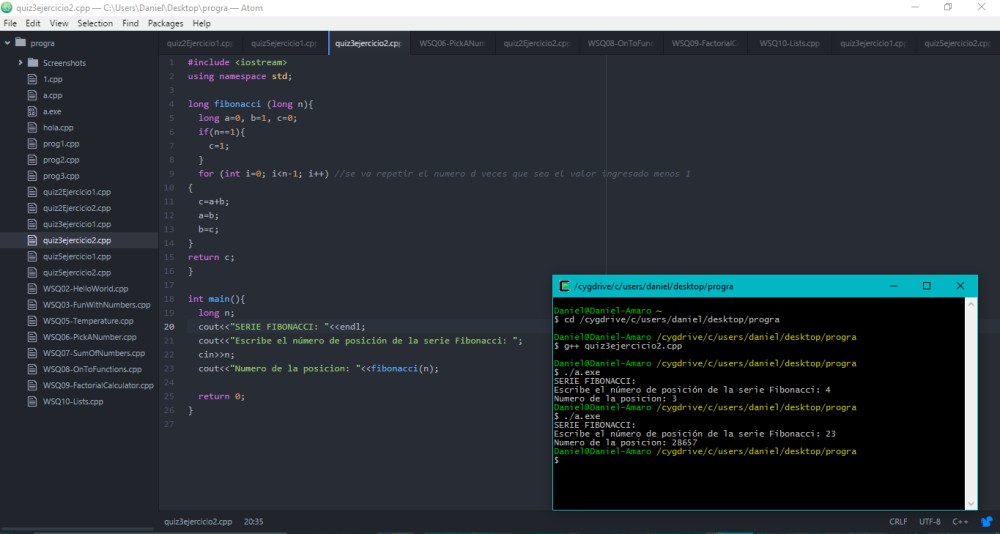
Link GitHub: Quiz #3 Prog 2




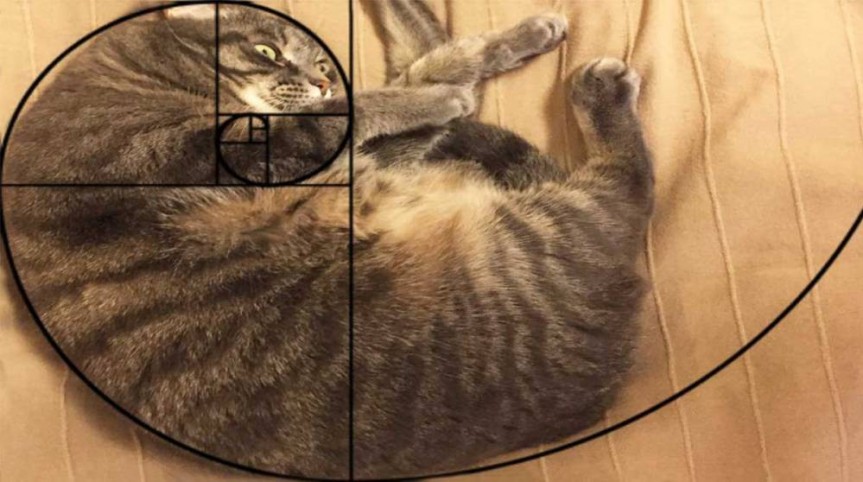
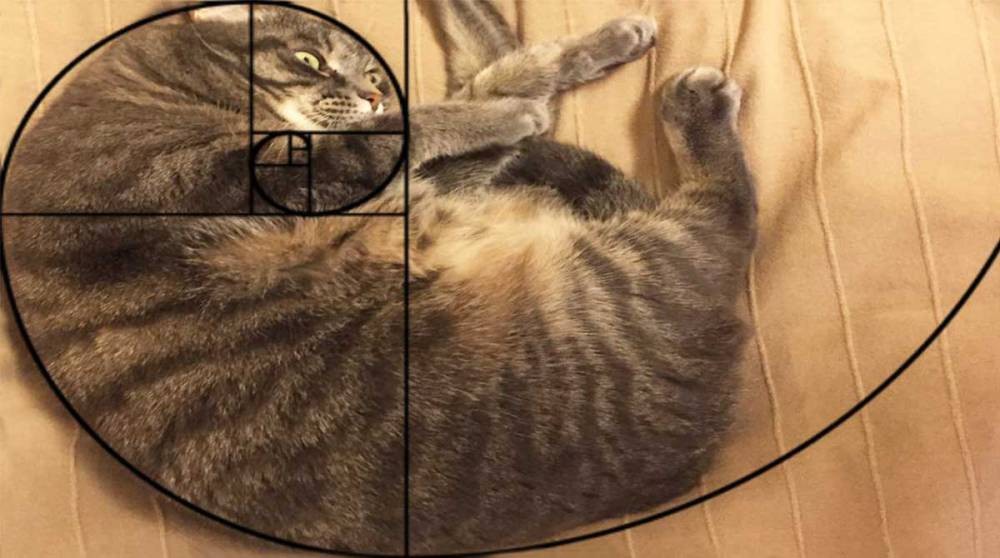

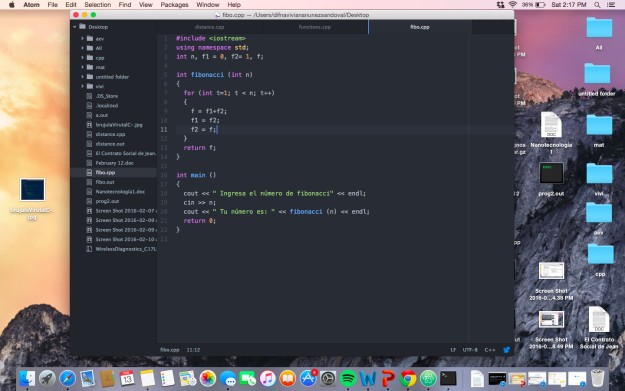

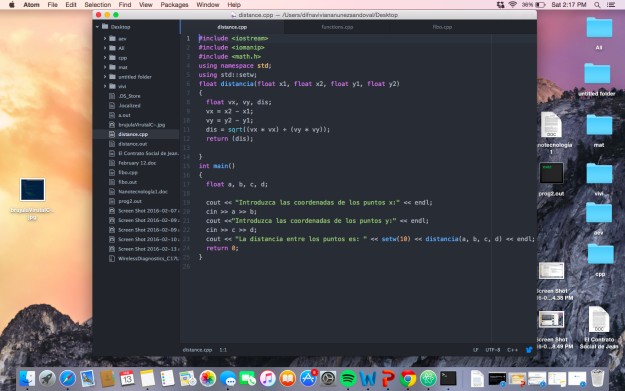 En el siguiente programa lo que tuve que realizar, fue pedir los puntos de un plano en x y y; esto para obtener la distancia.
En el siguiente programa lo que tuve que realizar, fue pedir los puntos de un plano en x y y; esto para obtener la distancia.


 and I just create the function of the program based on the formula.
and I just create the function of the program based on the formula.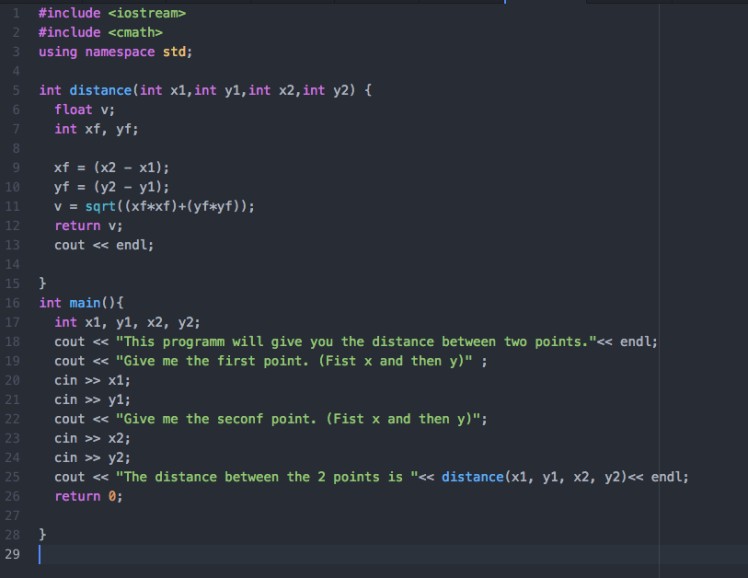
 , and I didn’t understand it. So my friend Miguel gave me a hand. Told to put those 4 integers to use them on my code. Finally with his help we could create this code and I worked. You should see my face at the moment.
, and I didn’t understand it. So my friend Miguel gave me a hand. Told to put those 4 integers to use them on my code. Finally with his help we could create this code and I worked. You should see my face at the moment.